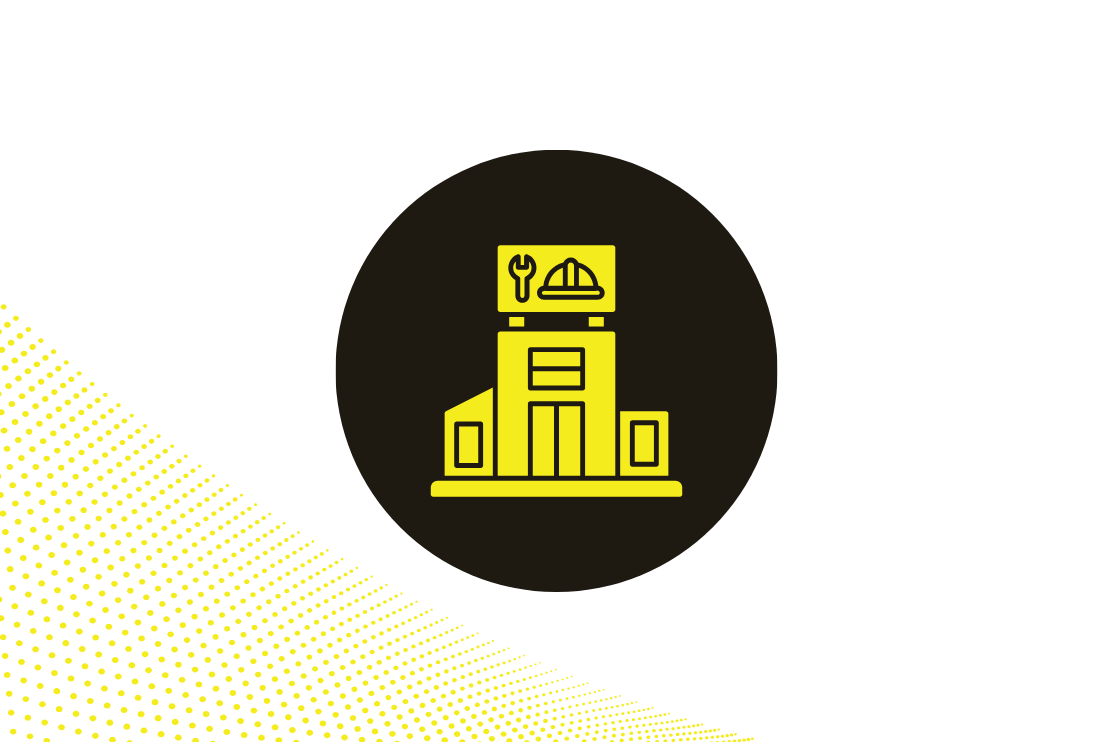WA High School and Beyond Plan: Best Practices to Support Successful Implementation
WA High School and Beyond Plan: Best Practices to Support Successful Implementation
WA High School and Beyond Plan: Best Practices to Support Successful Implementation
WA High School and Beyond Plan: Best Practices to Support Successful Implementation
WA High School and Beyond Plan: Best Practices to Support Successful Implementation
WA High School and Beyond Plan: Best Practices to Support Successful Implementation
Don't miss our breakout sessions!
Book time with our team on-site!
Our team is excited to meet you. Book a time that works best.


One of the primary objectives of schools is to ensure that students are ready and prepared to lead a productive and fulfilling life beyond high school. What this means is different for each individual student as it must align to their unique profile of experience, interests, talents, challenges, hopes, and dreams. In order to ensure that each student is able to maximize their high school years to be ready for their postsecondary next step, it is vital that each student has time, structure, and support to learn about potential postsecondary opportunities, engage in introspection around what they might like to do, articulate their goals, reflect on these ambitions as they grow and change, and understand the steps to achieve their desired outcomes.
In order to create a framework and cohesive process for doing this, the state of Washington established the High School and Beyond (HSAB) Plan as a graduation requirement for all students. The goal is to ensure that all students begin creating a personalized CCR plan by middle school. The intention of the process is that it will guide students on meaningful goal setting, facilitate planning with tangible and actionable steps to achieve those goals, ensure that this planning is aligned to course offerings and graduation requirements, provide opportunities for regular check-ins and reflection, and include collaboration with families, counselors, and other relevant stakeholders.
Counselors and administrators can use the best practices and tips below to maximize the benefits for students, families, educators, and school systems as a whole.
Best Practices for Getting the Most Out of HSAB Plans
Student-Centered: In order for HSAB plans to be meaningful and worthwhile, it is critical that the content is truly driven by the individual student. The HSAB process is rooted in three primary questions for students: Who am I? What can I become? How do I become that? Though these plans, and the answers to these questions, should include guidance and feedback from counselors, teachers, parents, and even peers, the core of it must reflect the student’s hopes, dreams, goals, interests, strengths, and challenges as they are the ones who will live with the outcomes of this planning. By having the student be the driver of the plan and the longer-term goal, they are more engaged and committed to the steps along the way.
Early and Foundational: It is both required and best practice to have students begin the HSAB planning process in middle school. With only four years in high school, each semester and school year are a critical part of the overall student experience. Many courses, programs, and opportunities available later in high school are dependent upon prerequisites and sequences of courses and experiences. Having students take a career interest or skill inventory in seventh or eighth grade allows those insights to be used to inform the choices students make from the very start of high school.
Clearly Articulated & Documented: As a critical component of the HSAB process, students must clearly articulate postsecondary goals and the action steps needed to achieve them. The process of explicitly recording a goal forces students to be more thoughtful and specific than they are likely to be in verbal conversations alone. And, it naturally encourages students to define their goals within the appropriate bounds–neither too narrow nor too broad. The formal documentation of the plan allows students to revisit and reflect on their development and their goals, and provides opportunities for counselors and families to monitor growth and provide feedback to students. And, this allows counselors to track progress based on tangible metrics and use this data to inform future decision-making for students.
Ongoing Progress Tracking & Resume Building: HSAB plan explicitly requires that students build a resume and keep a log of activities over the course of their high school years. Schools and districts can maximize the benefits of this process by encouraging students to be proactive about building this resume as they go. Beginning freshman year, counselors can help students understand what kinds of activities and experiences will build skills and qualities that will be beneficial in postsecondary life. Creating systems–either through a college and career readiness platform or using a digital document–can give students an easy way to record activities and experiences, document relevant details about the activities, and note contact information for any advisors or mentors. Doing this can serve to guide and inform decision-making through high school, and ensure students are ready and prepared with a thoughtful and personalized collection of who they are and what they have done when it comes time to apply to their postsecondary next step.
Iterative, Reflective, and Collaborative: Students grow and change over the course of their four years of high school. Ensuring that students have opportunities to reflect to either reinforce their articulated plans and goals or adapt and shift them based on learned experiences allows the plans to remain relevant and meaningful. It is critical that schools build in regular opportunities for students to revisit their plans each semester, preferably prior to course selection for the coming term, and use insights from these reflections to inform future decision-making. To heighten the impact of these plans, it is also best practice to use these check-in points to facilitate feedback and collaboration with school counselors, teachers, and parents or caregivers for support and guidance.
Tied to Real-World Application: HSAB plans should include components that allow students to get first-hand experience with some element of their articulated goal. From internships, to job shadowing, to volunteer opportunities, to virtual tours, to conversations with mentors, ensuring students have opportunities to try out what they think they want is a critical component to ensuring the goal is a good match for the student. Sometimes what students imagine they might like does not hold true in practice. These experiences can also broaden students’ understanding of what is possible or available within a given field.
Financial Planning: HSAB plans should include steps and expectations for the financial costs of college or training as well as the likelihood of making a living wage given specific educational and career choices. As part of the HSAB, students and families should receive information about the FAFSA/WASFA, scholarships, grants, and associated application timelines along with opportunities for student and family conversations about how they will afford the necessary training programs or college to actualize these dreams and plans. These financial components can prove to be a major barrier to postsecondary success; addressing them early in alignment with goals is essential to student success.
Setting Up Washington Students For Long-Term Success
Ensuring that each student has a personalized plan for college and career goal-setting, exploration, and readiness is a big ask for school districts. It requires collaboration across and within schools; time and systems for regular cycles of reflection and feedback between students and counselors; and an embedded and meaningful school- and district-wide commitment to ensuring that all students truly are prepared for their postsecondary next steps.
Refining this process, and aligning its components with course selection, extracurricular activities, and college and career exploration will continue to have major long-term benefits for all stakeholders. It allows counselors, teachers, and administrators to ensure that each and every student engages in this process and check in on students, before a crisis emerges, to make sure they are on track. It gives families an expanded set of tools and resources to support their students. And it empowers students to take ownership of their goal-setting and decision-making to create a future tailored to their aspirations, strengths, and life plan during high school and for many years beyond.
Related Posts
See All
.png)



